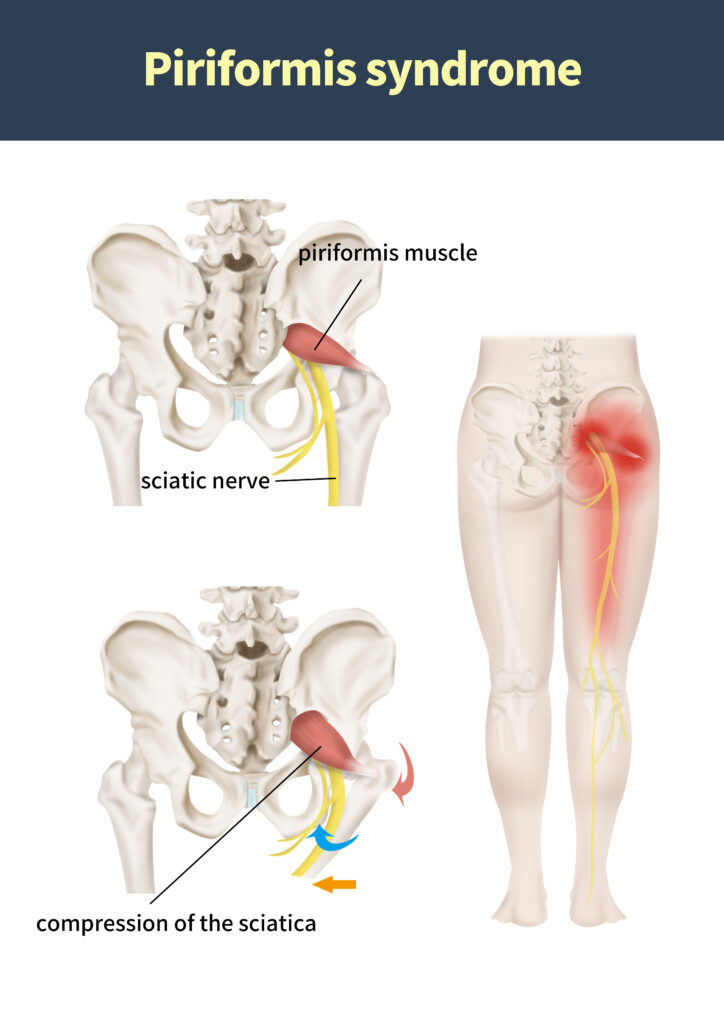+918042757363

This is your website preview.
Currently it only shows your basic business info. Start adding relevant business details such as description, images and products or services to gain your customers attention by using Boost 360 android app / iOS App / web portal.
What is piriformis syndrome? Piriformis syndro...

What is piriformis syndrome? Piriformis syndrome occurs when your piriformis muscle compresses your sciatic nerve and results in inflammation. It can cause pain or numbness in your buttock and down the back of your leg. It can happen on one side of your body or both. The piriformis is a flat, narrow muscle. It runs from your lower spine through your butt to the top of your thighs. Your piriformis muscle extends to each side of your body and aids in almost every movement of your lower body. The sciatic nerve most commonly runs underneath the piriformis. The nerve travels from your spinal cord, through your buttocks, down the back of each leg, to your feet. It’s the longest, largest nerve in your body. Symptoms and Causes What causes piriformis syndrome? Anything that makes the piriformis press on the sciatic nerve can cause piriformis syndrome. The most common piriformis syndrome causes are: Inflammation (swelling) in the piriformis or the tissues around it. Muscle spasms. Scarring in the muscle. These issues can result from: Climbing stairs, walking or running without strong enough piriformis muscles. Injuring the hip, butt or leg, such as a fall or car accident. Having tight muscles from lack of physical activity. Lifting something improperly and damaging the piriformis muscle. Not warming up before physical activity or stretching properly afterward. Overexercising or performing repetitive motions, such as long-distance running. Sitting for long periods of time (for example, people who sit a lot on the job). What are the symptoms of piriformis syndrome? Piriformis syndrome symptoms occur in the butt, hip or upper leg. People often describe the feeling as: Aching. Burning. Numbness. Pain. Tingling. Shooting. Symptoms may get worse during certain activities, such as: Sitting for long periods of time. Walking or running. Climbing stairs. How can I prevent piriformis syndrome? To prevent piriformis syndrome, including recurrent (repeat) episodes, consider some of the following strategies: Exercise regularly to keep your muscles healthy. Focus on good posture, especially when sitting, driving or standing. Lift things properly by bending your knees and squatting, making sure to keep your back straight. Keep objects close to your body, and don’t twist while lifting. Warm up before physical activity and stretch after. When you must sit for long periods of time, take breaks by standing, walking or stretching. We physiotherapy in ASP Healthcare provide very good treatment for this Erb's palsy. #www.asphealthcare.in #handpain #wristpain #rehabcentre #bestphysio #bestchiropractic #bestacupuncture #osteopathic #ambattur #avadi #thirumullaivoyal #mugppair #annanagar #kallikuppam #9941424372 #8072603014

